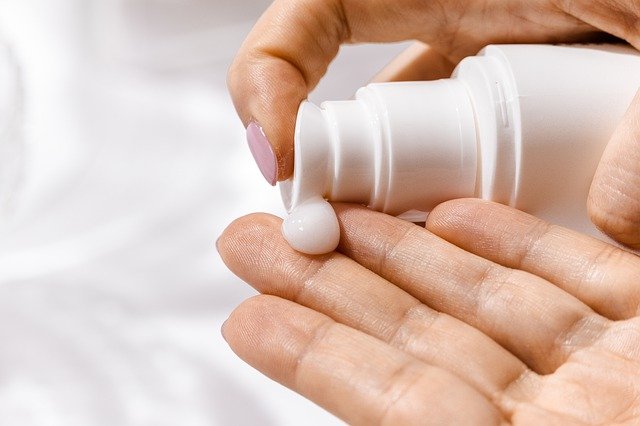
Our foundations, serums, and blushes can transform our complexion and many of us are drawn to the way beauty can empower us. As a part of health and wellness, beauty standards are just as significant as the other standards we keep for food, cleaning supplies, or medications.
Toxins in cosmetics have been a dangerous ingredient for far too long. One carcinogen that has been unintentionally added to beauty products is asbestos.
What is Asbestos
- Where is Asbestos Found?
The microfibers that make up asbestos are incredibly light. If products containing asbestos are agitated or mishandled, they can quickly become airborne–which is how they get into our lungs.
However, makeup companies are not adding asbestos into their products. The problem stems from these brands using talcum powder as an overall enhancer.
Talc is often contaminated with asbestos, due to how close together they are both mined, and any amount of fibers can stick to your internal organs. This leads to some makeup laced with asbestos, even if talc is the only ingredient listed.
- Health Risks of Asbestos in Lungs
Our bodies react negatively to asbestos by developing tumors or causing thickening and scarring of the linings of the lungs. The health effects of this fiber can include coughing, chest pain, fatigue, and other lung-related conditions, most severely cancer.
Mesothelioma is incredibly rare, but it is an aggressive cancer that affects 3,000 people a year. If talc is an ingredient in your makeup, you should be aware of the potential disease risks.
How Has Asbestos in Been Used in Makeup
Most powder-based products have been known to contain talc. While talcum is not identified as harmful, the potential for asbestos exposure is still possible. There is not much regulation surrounding the manufacturing of cosmetics, and there have been pushes for stronger restrictions with talc.
What Does Clean Beauty Mean When You Are Shopping?
Reading Cosmetic Ingredients
Our insights into the toxins in beauty products comes from the ingredient list. Understanding labels puts you in charge because you have the insight and knowledge to create your personal standards. More often, companies are explicitly marketing that their cosmetics are not made with certain recognized toxic chemicals.
You should be aware of brands making their products look good by simply labeling something as “all-natural,” “clean,” or “green.” There is no scale for what this actually means. Instead, do your research and decide for yourself leveraging the research done on each ingredient and how that could impact your health.
Researching Brands
We love brands that have committed themselves to real clean beauty. Trusting a brand is essential, especially when deciding between a brand that has had recalls or trouble with toxins or a brand that is verified as toxin-free.
Knowing Where to Find Healthy Makeup
Most big-name stores with their own beauty products will offer a clean beauty line. Although, stay alert and up to date by reading guides and figuring out what toxins you are most vulnerable to or may be exposed to regularly.
Final Thoughts
Asbestos is just one toxic ingredient, but there are other chemicals in cosmetics that onset adverse health complications. Thyroid and liver cancer, reproductive delays, improper aging developments, hormone disruptions, fertility issues, and other permanent health conditions are linked to everyday toxins.
Going forward, we encourage you to switch to better beauty products that can reduce these threats. These risks to your health should not come from your cosmetics. We support our belief in clean beauty that offers safe solutions and promotes nontoxic ingredients. There are a plethora of brands that practice this and that can give you the best makeup without negotiating your health.



